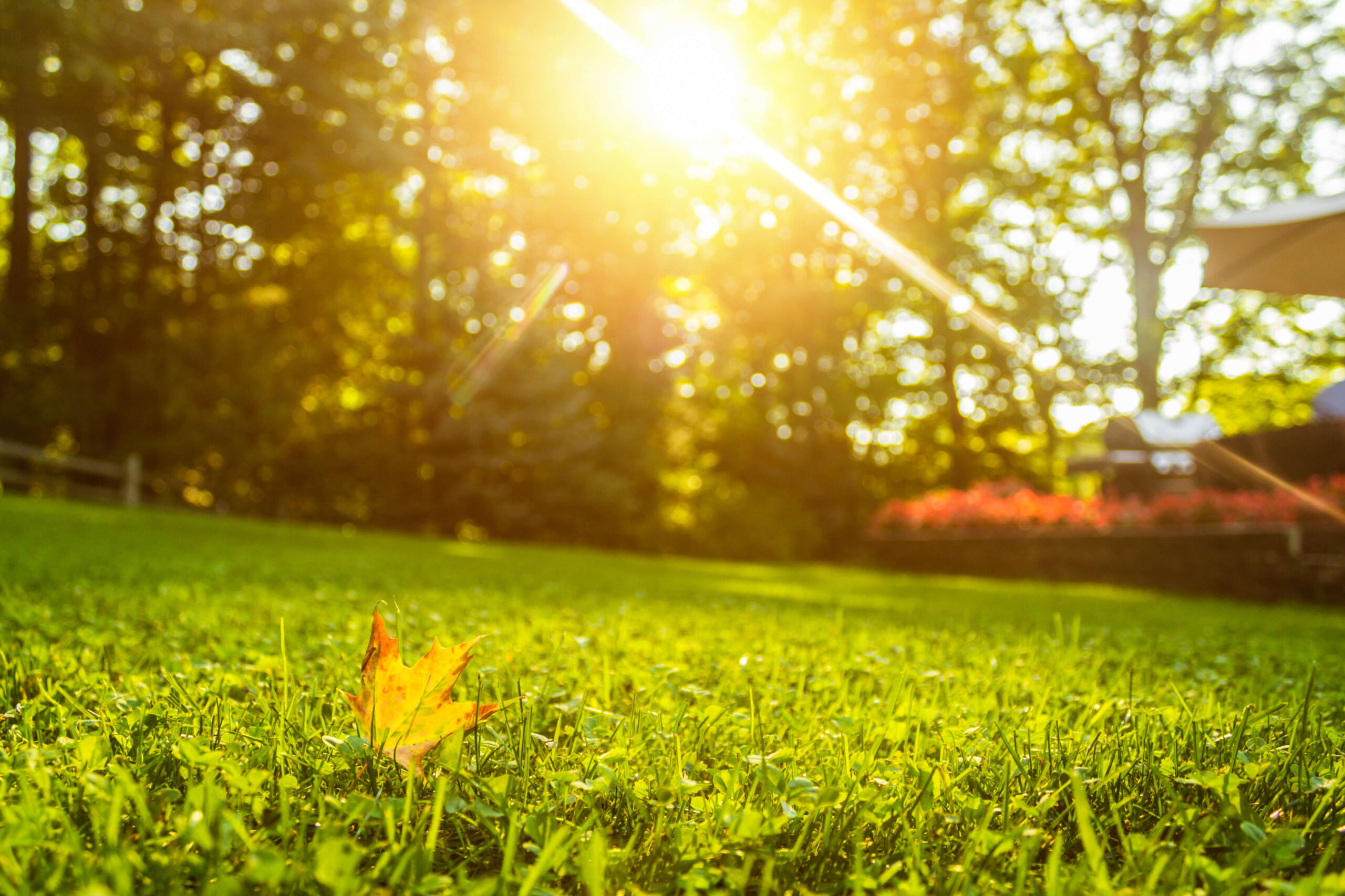
New Season- How to Prepare Your Home Lawn for Fall
Whether you have zoysia sod, St. Augustine sod, or any other turf variety, these tips will work best for your outdoor fall time routine.
Apply One More Round of Fertilizer
Despite the presence of winterizing fertilizers in local home improvement stores, Florida lawns don’t need much fertilizer in the fall. In fact, fertilizing too late can lead to serious damage if the grass is actively growing rather than dormant during the coldest parts of the year. Even though Central and South Florida winters are relatively mild, they’re still cold enough to damage grass that was fertilized too late. If you must apply one more round of fall fertilizer, stick to a product that is low in nitrogen and apply it no later than mid-September for optimal results.
Time to Treat the Lawn for Winter Weeds
Winter is a prime time for weeds to move into your lawn. Chickweed, henbit, burweed, and wild geranium all find it too hot during the rest of the year to grow, but can spread quickly over a dormant winter lawn. Spraying a pre-emergent herbicide in October should prevent most of these pests from popping up. Wait to apply pesticides until you see signs of a specific fall or winter pests, such as webworms or cinch bugs.
Overseed the Soil for Lush Winter Lawns
If you want your lawn to look its best over the winter, try overseeding in the fall. Even well-established sod will allow seeds to reach the soil and germinate, resulting in a thicker turf through the coldest part of the year. Overseeding needs perfect timing so the seed has time to germinate and establish strong roots before going dormant. Aim for October through November, but make sure the daily temperatures are in the low 70s before spreading the seed. Water the lawn every other day until the new grass is well-established. You may need to make one last-minute mowing to get everything even after the new seed emerges.
Patch with New Sod
Is part of your lawn looking less than its best as you head into winter? You can patch those slow spots with fresh new sod in the fall or even early winter if it’s still warm enough. Warm grass varieties stop rooting in the mid to lower 60s. As long as the day time temperatures stay above that and the nights aren’t much colder, new sod will get established in time to survive the winter. You’ll find that fall-installed sod requires less watering and is less prone to sun scalding, allowing it to get rooted quickly. The sod will have all winter to establish itself before spring arrives and triggers the blades to grow rapidly again.
Continuing Water at a Reduced Rate
In areas with harsh winters, continuing to water the lawn would lead to serious damage. But, for South Florida sod lawns, a total lack of winter water is even worse for their roots. Apply about an inch of water to your lawn once per week over the winter. Subtract any natural rain your lawn receives from this total since overwatering while the roots are dormant can lead to rot and damage. You can also wait until the grass shows signs of needing water; like folding over gently and turning slightly blue or gray rather than bright green. Cold temperatures can cause the same kind of visible changes, so tracking the amount of water your lawn has received on a weekly basis is the most reliable method.
Interested in overhauling your Florida lawn before winter arrives? There’s still time for sod installation from our team here at Duda Sod.